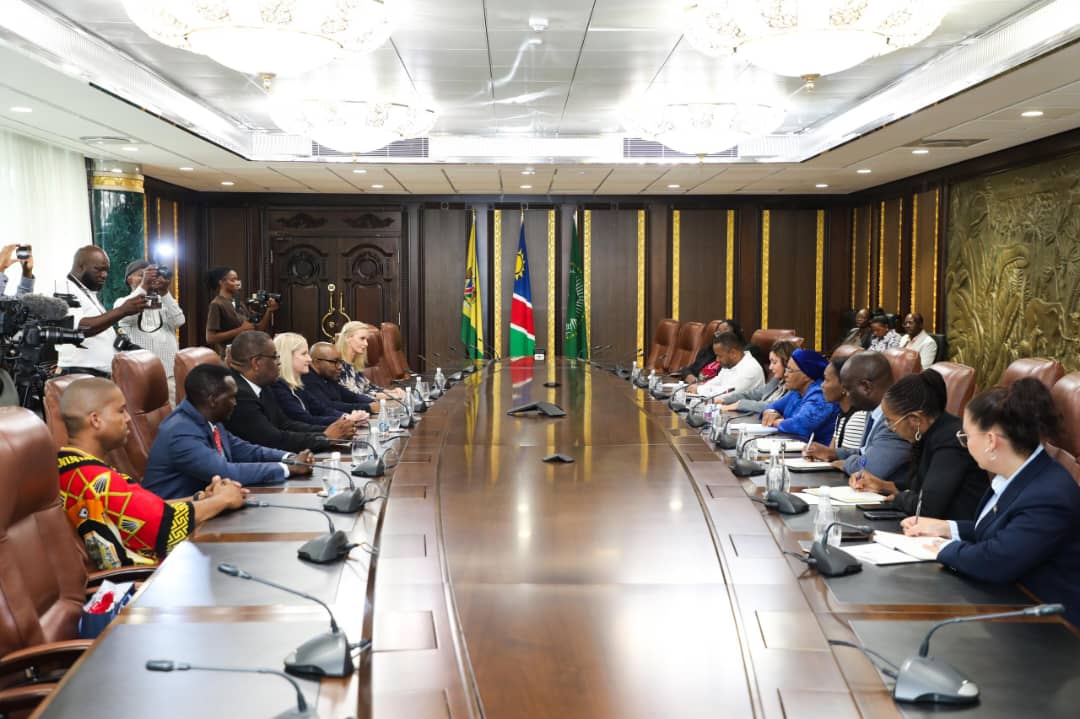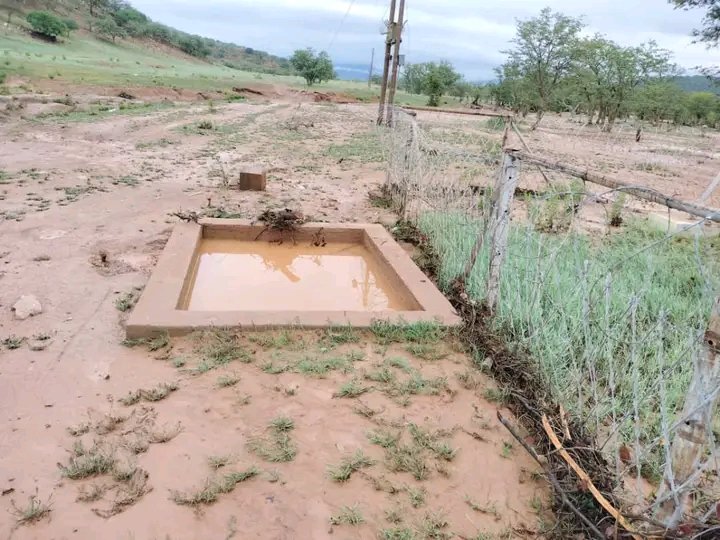The City of Windhoek will reinforce water restrictions with fines of N$2 000 in an effort to combat critical water shortages.
The municipality has reintroduced a zero tolerance to water wastage policy from 2019 after it found that the country’s central area is facing declining water levels in three major supply dams.
The Omatako, Von Bach, and Swakoppoort dams have not experienced any water inflows and currently have a combined capacity of 22,2%, a significant decrease from 39,9% at the same time in 2023.
City spokesperson Lydia Amutenya on Monday said the Khomas region is currently under the water scarcity category.
“Implementation will be monitored by water inspectors and water marshals, with additional support from the city police to ensure compliance,” Amutenya said.
Residents of the city will now be compelled to wash their cars using buckets and without hose pipes, water their gardens only twice a week and keep swimming pools covered. Commercial car washes will now be required to reuse water in order to save water.
The city also requires a 10% reduction in water use.
NamWater and the municipality in a joint statement said due to the exceptionally high temperatures since October 2023, water consumption has been consistently above the savings target, further depleting available water stock faster than predicted.
The authorities however said that the water supply from a multiple water source integrated system has allowed them to continue supplying water without interruptions during frequently challenging seasons.
“The water supply is also supplemented with water from the Windhoek aquifer and the new Goreangab water reclamation plant, operated by the Windhoek Goreangab Operating Company, as part of critical interventions aimed at addressing water supply shortfalls,” the statement reads.
According to analysis by the Famine Early Warning Systems Network, a delayed start to the rainfall season and insufficient rainfall have caused abnormal dryness in parts of southern Africa, which includes most parts of Namibia.
The analysis, looking at the figures from 26 January to 1 February, indicates that some parts of Southern Africa, mostly in the northern regions, have been experiencing dry conditions since November due to the late start of the rainy season and erratic, insufficient rainfall.
“The affected areas include central and eastern Angola, western Zambia, central and southern Mozambique, most of Namibia, Botswana, Zimbabwe, and Madagascar,” the report states.
Further, it shows that dry conditions worsened in Angola and western Zambia in the last 90 days. However, moderate to heavy rainfall in recent weeks lessened dry conditions in northern and central Zambia, Malawi, northern and southern Mozambique, southern Botswana, northern and central South Africa, Lesotho, and some parts of northern and southern Madagascar.
Next week, light to moderate rainfall is forecasted for Angola, northern Zambia, Malawi, Mozambique, and northern and eastern South Africa. Madagascar’s northern and central parts will receive moderate to heavy rainfall.
Meanwhile, Southern Africa will experience below-average rainfall, with the highest deficits expected in Zambia and parts of Zimbabwe, Malawi, Mozambique, and Madagascar. Parts of northern and western Angola, as well as some isolated locations in northern and central Madagascar, are expected to receive above-average rainfall.
Stay informed with The Namibian – your source for credible journalism. Get in-depth reporting and opinions for
only N$85 a month. Invest in journalism, invest in democracy –
Subscribe Now!










